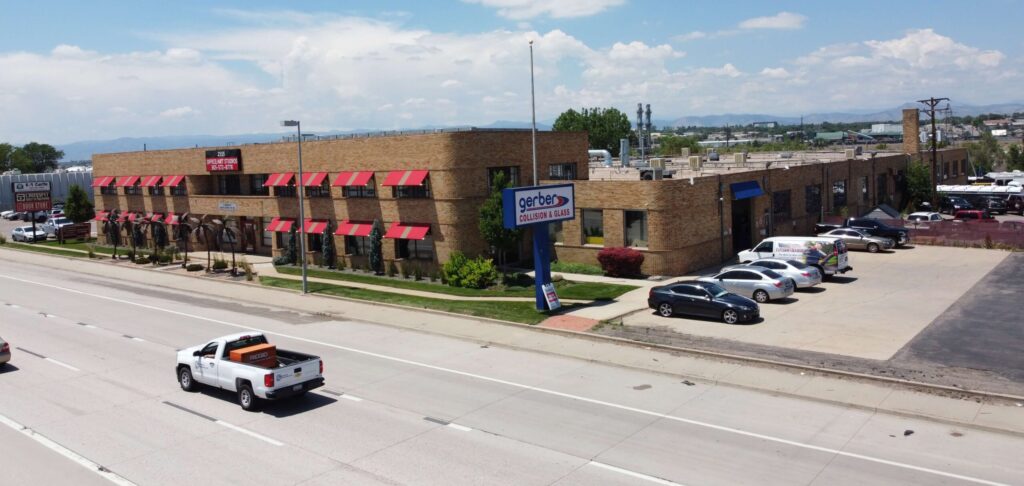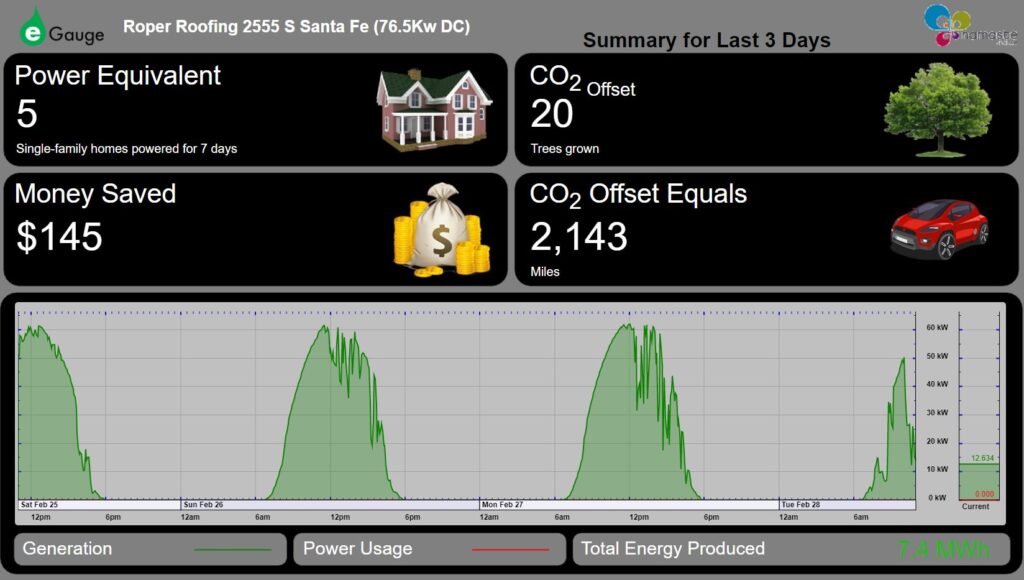The Sherman Agency, Inc’s Contribution to Energy Efficiency

2555 S. Santa Fe Drive Commercial Building
It’s fair to view Denver as an environmentally conscious city that appreciates its natural landscape which promotes an array of outdoor activities to explore from local parks to national parks. Recycling and composting services are offered on a weekly pickup schedule to discourage the amount of trash deposited in our landfills. More restaurants offer compost and recycling bins as opposed to regular garbage bins. Every other house in my neighborhood dons a shiny sheet of solar panels on its roof. Denver residents stood behind this image of environmental consciousness and voted to pass a green roof initiative in November 2017 aimed at reducing urban heat islands adverse effects and greenhouse gas emissions by requiring new and existing buildings over 25,000 square feet to install green roofs.
Initially titled the “Green Roof Ordinance”, the Denver Department of Public Health & the Environment banded with a task force in January 2018 to modify the initiative to the “Green Building Ordinance” (GBO) which further sought to improve water quality and stormwater management, increase solar and renewable energies, increase green space, and increase the number of energy-efficient buildings. Denver’s GBO was implemented on November 2, 2018 placing responsibility on property owners to take part in reducing Denver’s impact on climate change while improving long-term energy efficiency through green or environmental upgrades helping communities manage their environmental resources and quality of life. Property owners of new construction or buildings that have undergone renovations (such as replacing the roof) are tasked to install or meet a combination of the following:
- Green Roof/Green Space: incorporating natural grass, turf, shrubs, or trees
- Install On-site Solar or Enroll in Off-Site Renewable Energy Program
- Cool Roof: reflects sunlight and lowers the temperature of the building
- Green Building Certification (LEED)
Many buildings in Denver established LEED credentials prior to the ordinance. LEED (Leadership in Energy and Environmental Design) is a national green building program that sets the framework through planning, design, construction, and building operations to achieve sustainability. Sustainability takes into account the balance between economic growth, the environment, and social well-being. The green building program rates a building’s sustainability and carbon footprint through such criteria as preserving freshwater resources and improving water efficiency, indoor environmental quality, and waste systems.
Altough there is much controversy surrounding the topic of global warming and climate change, Denver’s skyline continues to add more cranes that add more buildings that can emit more waste. Many groups don’t believe that human activity over the years has changed the earth’s temperature and ozone layer or reduced rainfall patterns increasing droughts around the world. Groups can denounce climate change but it’s difficult to reject the data that shows increased temperatures in dense metropolitan cities (also called urban heat island effects), hazy days with poor air quality, depleted natural resources, and the need to rely on alternative energy.
Read more about GBO on the denvergov.org website.
Video of roofing replacement and solar panels installed by Roper Roofing & Solar, and Namaste Solar.
The Sherman Agency, Inc. collaborated with Roper Roofing & Solar and Namaste Solar to embark on the roofing project with requirements to cover 40% of the roof or meet 100% of the building’s annual electricity consumption. The roofing and solar project was completed in December 2022 at 2555 South Santa Fe Drive or atop the notable building with palm trees on Santa Fe Drive. Metrics from the last three days of the building’s solar panels show the power savings could power five single-family homes for a week. The summary also equates the carbon dioxide offset as the equivalent of twenty trees that were planted.
